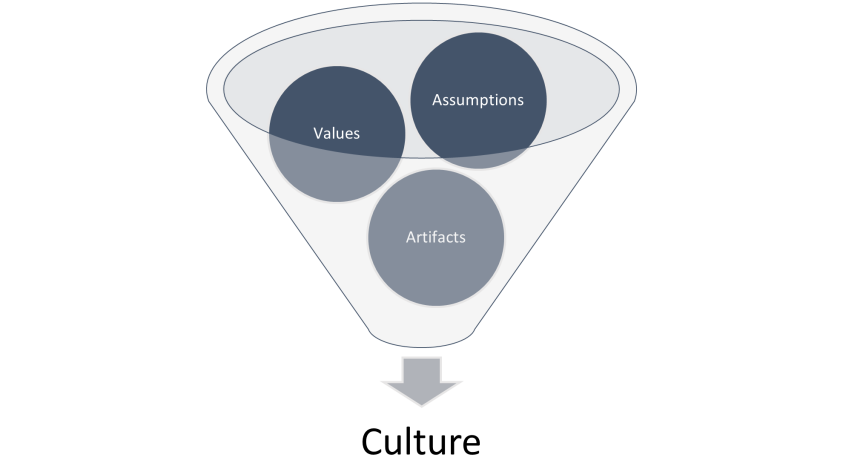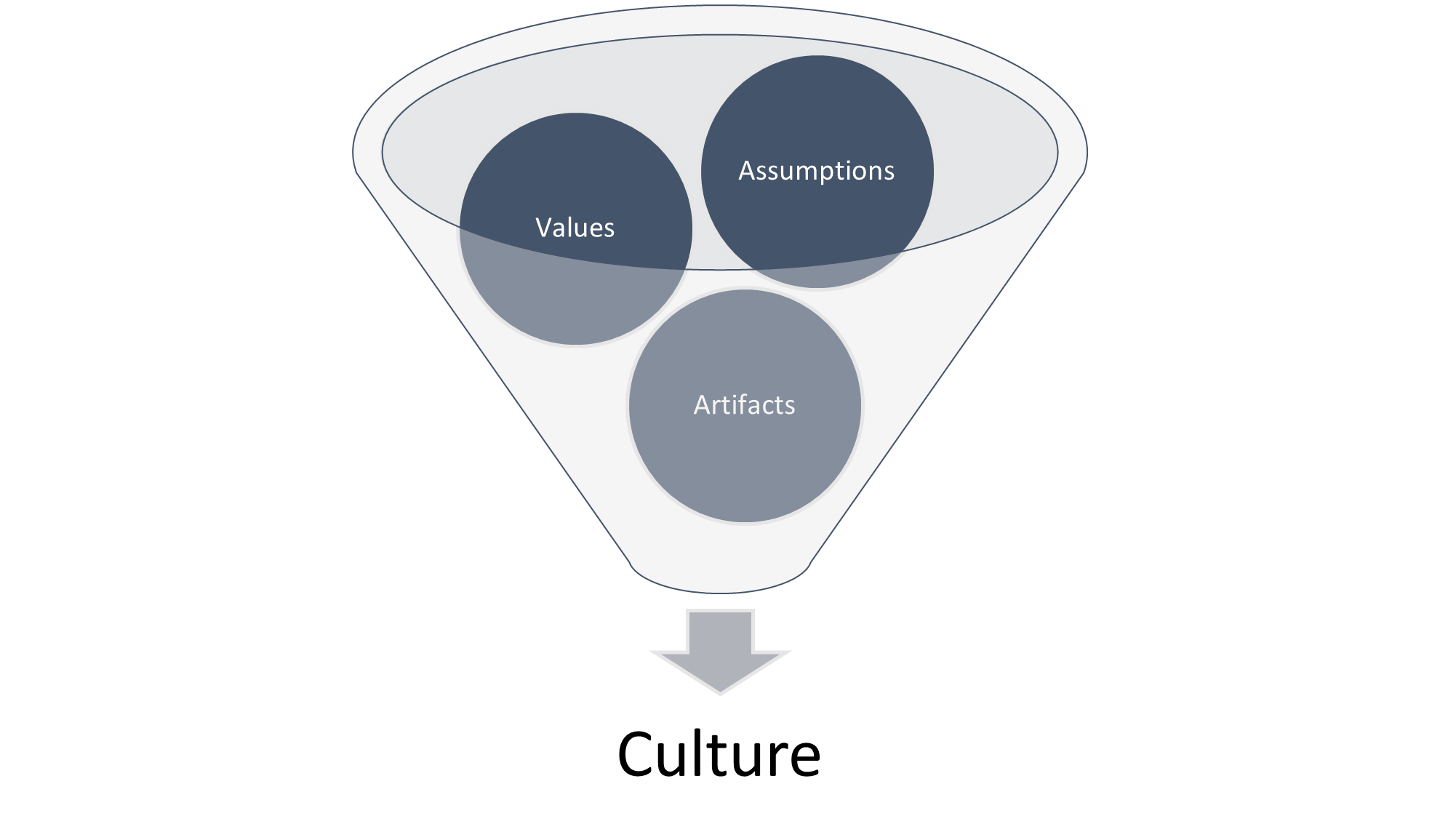What is organisational culture?

In this ongoing series learning & organisational development consultant Rachel Masters discusses building organisational culture.


In this ongoing series learning & organisational development consultant Rachel Masters discusses building organisational culture.

I get asked this often in my line of work – what is organisational culture and how do you define it - a big question to answer in 800 words but I’ll do my best!
In a nutshell I think you can define organizational culture as “how things are done around here”. A common analogy is that culture is like the personality of your organisation. It is what makes you unique and, if done well, can set you apart from the masses. It is the sum of your values, traditions, beliefs, interactions, processes, standards, behaviors and attitudes. Some of these things are explicit and some are underlying norms that people sense without them ever really being spoken about.
For those of you who like a bit of theory then there are a number of models that can be used to help deepen that understanding of culture and its intricately linked parts. One of these is “Edgar Schein's Cultural Model”. Schein, a former professor at the MIT Sloan School of Management, argues that there are three main aspects which make up the cultural identity of an organization, namely what he calls “artifacts”, “values” and “assumptions”. So, what does this mean?

The Artifacts
Here he is referring to tangible artifacts that reveal specific cultural predispositions. For example, how desks are situated in the building (who is in open plan and who gets a desk), who gets a car park, how you dress at work and how offices are decorated are all examples of organisational artifacts.
Values
This refers largely to the ethics embedded in an organisation. For example, what does the organisation believe and stand for? Often, we find these ethics are openly communicated with the public and demonstrated internally via mission or vision statements or something similar. In some cases these have been designed by everybody in the organisation and then embedded in performance frameworks and other relevant policies or systems. They might also be used as part of promotion processes and recruitment campaigns. Some organisations add these to their websites, letterheads and business cards.
Assumptions
This is the most complex of the three groups and also isn’t easily observed. What we are talking about are tacit assumptions or perceptions that impact, for example, how communication occurs and people behave when they are at work. They are assumptions around “how the world works here” and are often unconscious. It might be that people act a certain way to order to avoid risk (perceived or otherwise) without receiving any explicit instructions to do so. A simple example is when there is a belief that it is necessary to stay in the office until 7pm in order to fit in, even if nobody expressly tells you this is the case.
What makes culture important?
Now that we have an understanding of culture and how it comes to be, why should you care about it? There are a number of really good reasons why culture is so important for successful organisations.
Firstly, it attracts talent. Good candidates will take the time to evaluate an organization and the culture within it. A strong, positive, clearly defined and well-communicated culture attracts talent and most importantly talent that fits. According to research by Deloitte, 95% of employees say that culture is more important than compensation. That’s a huge number!
Secondly, it drives engagement and retention. Culture impacts the interaction between people and their work, and also the interaction with the wider organization. It also improves teamwork and reduces stress. Disengagement is hugely costly. In studies by the Queens School of Business and by the Gallup Organization, it showed that disengagement brought about 37% higher absenteeism rates, 49% more accidents and 60% more mistakes.
Thirdly, it impacts happiness and satisfaction levels. Research by Deloitte shows that happiness and satisfaction levels are both strongly linked to having a positive workplace culture.
And finally, there is a financial impact as good culture also affects performance. Organisations with stronger cultures outperform their competitors financially and are generally more successful. It is easy to copy a product but much harder to copy a “culture”.
The questions which flow from here are “how do you know what your culture is” and “how do you build a positive and strong work culture”. Keep an eye out for my next article to find out more.